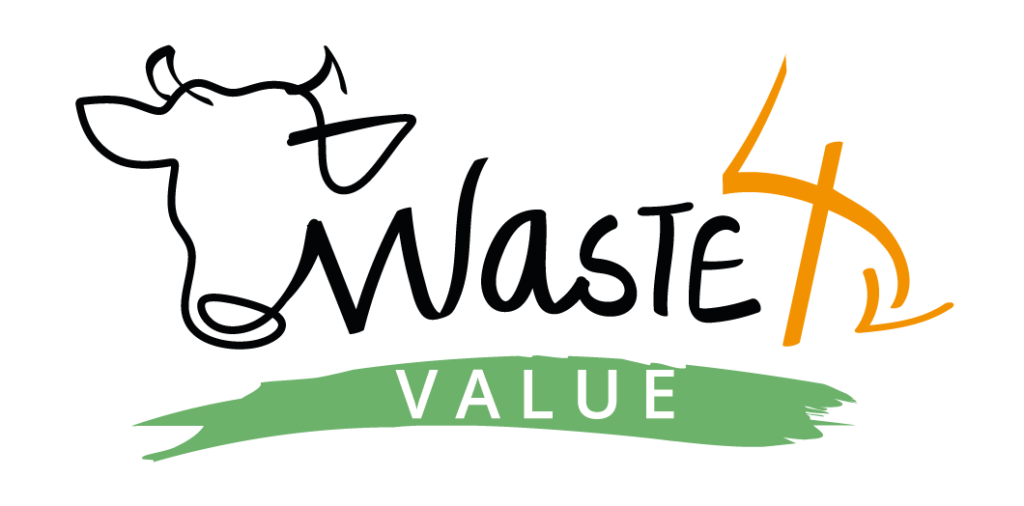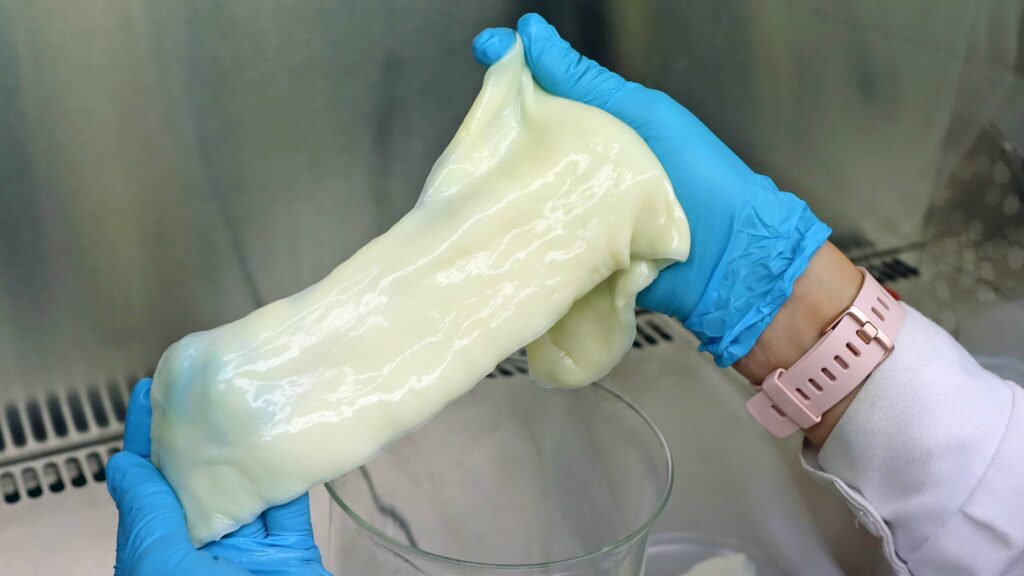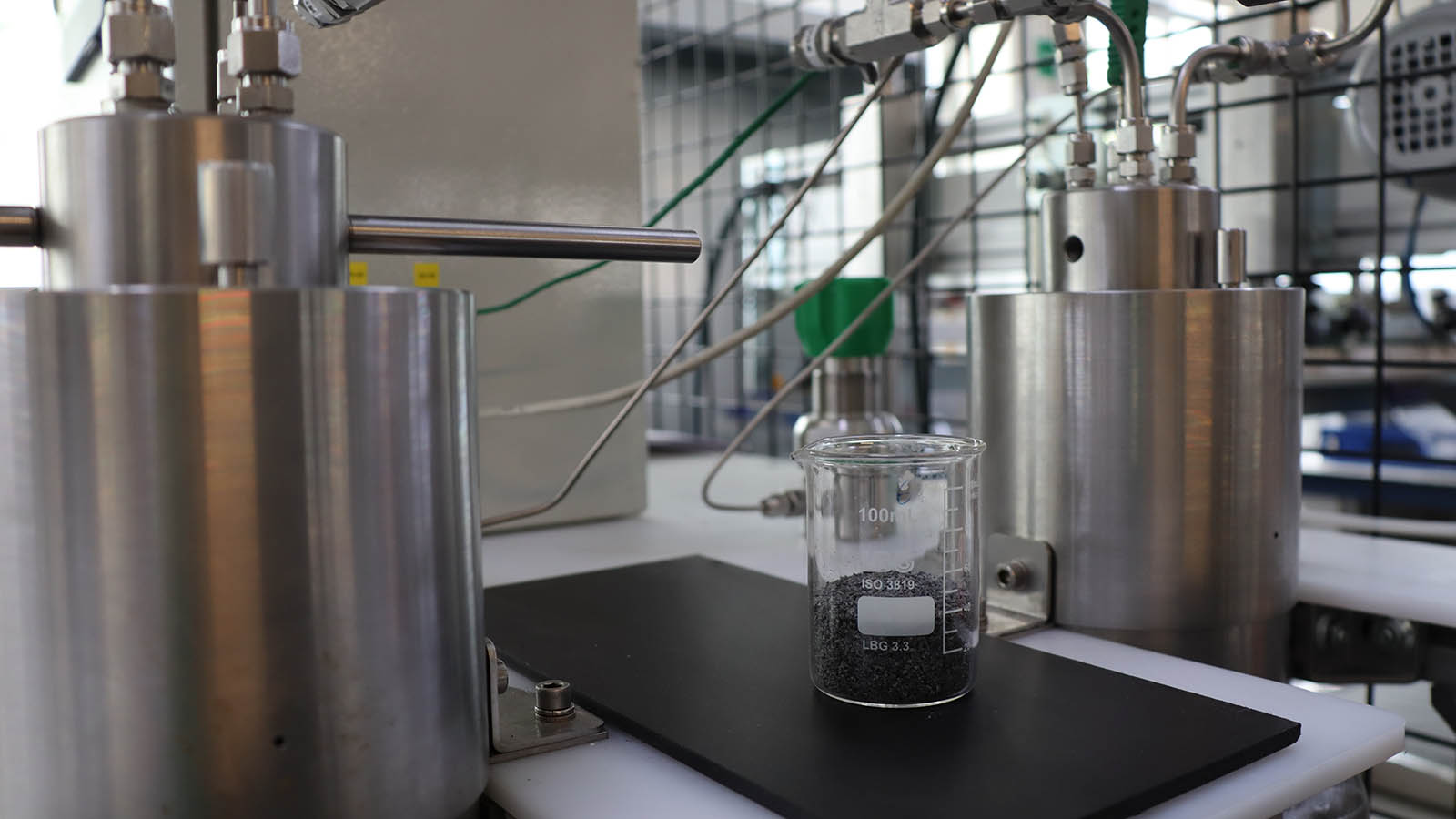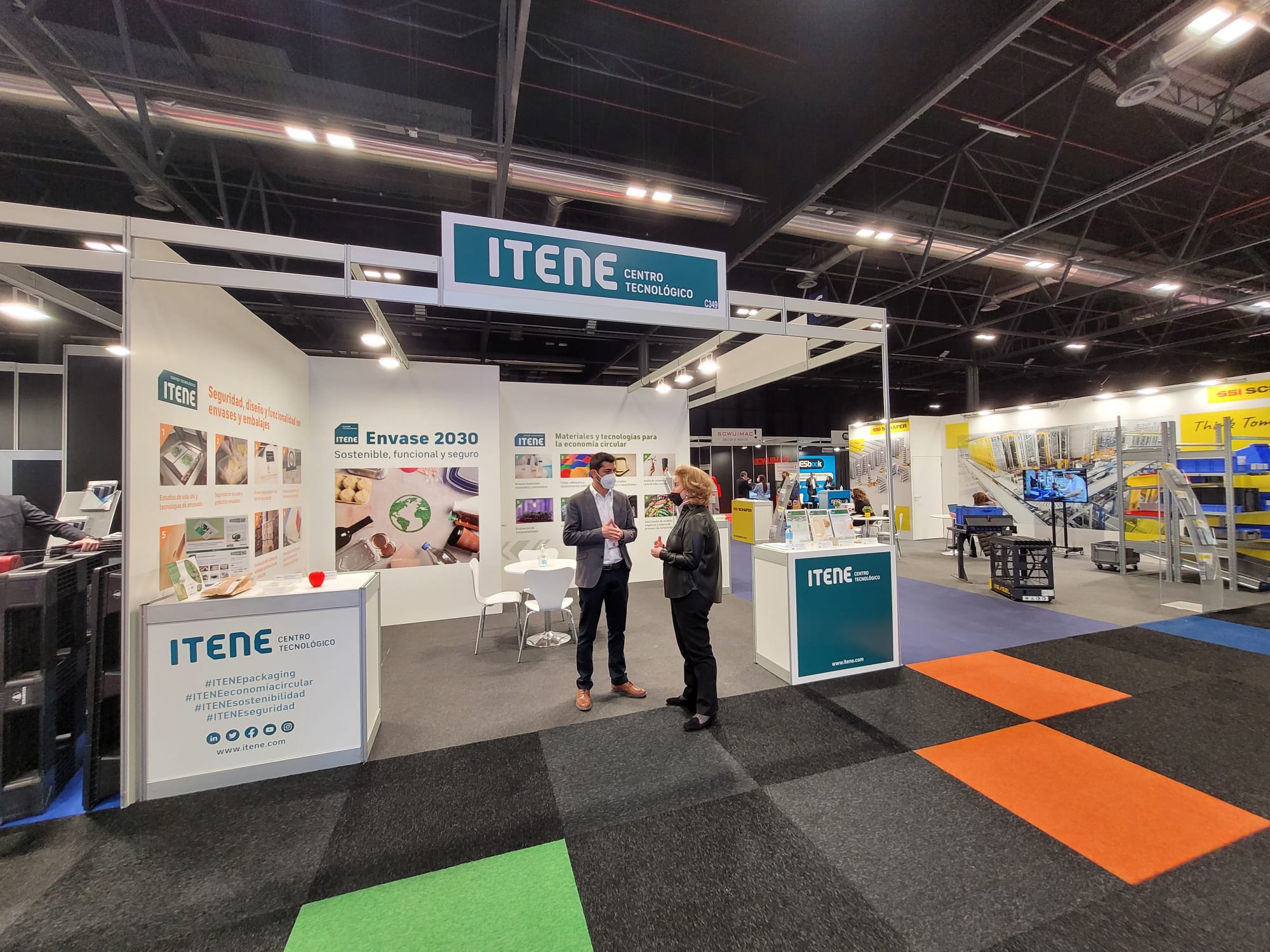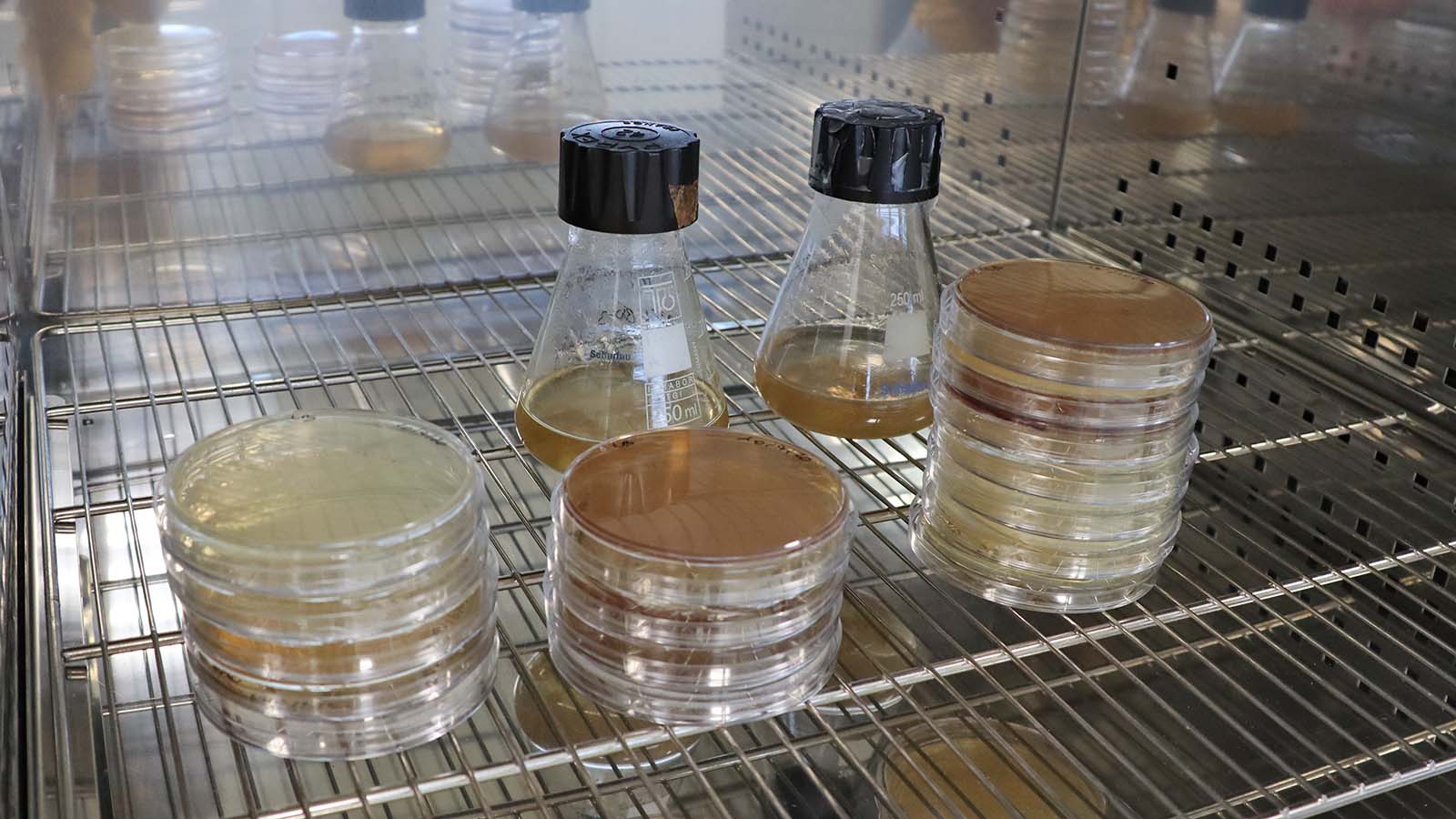CAPSA FOOD: Milk serums as a resource for high value-added products
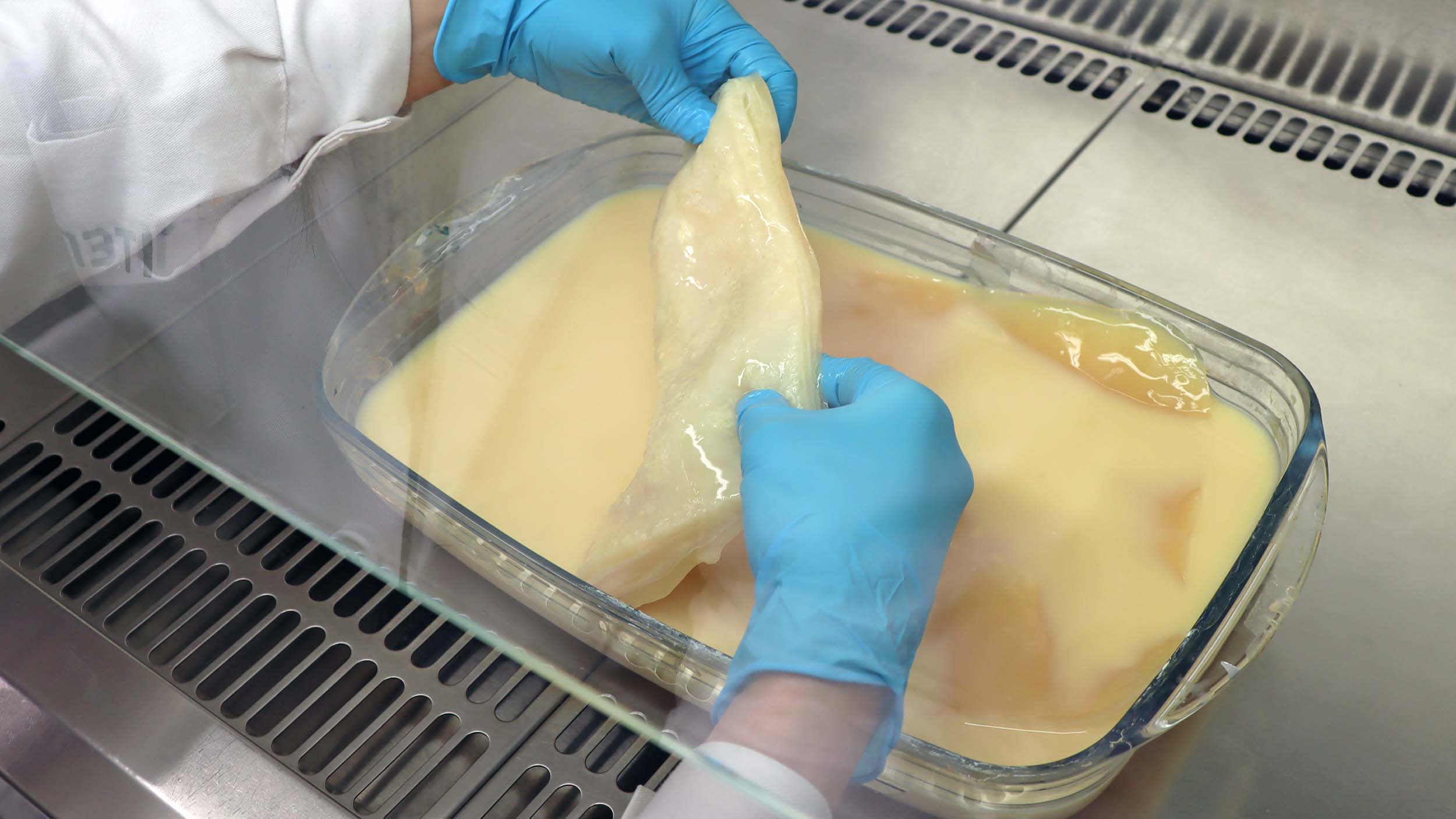
The company CAPSA Food has developed together with ITENE, in the framework of the Waste4Value project, bacterial cellulose and edible protein films from milk by-products and waste with high nutritional richness that have application in various industrial sectors such as packaging, agriculture or food and cosmetics industry.
The Waste4Value project has addressed this challenge from a perspective within the framework of the circular economy, the bioeconomy, and the union between the different agents involved, bringing the entire value chain into synchrony.
Context: circular economy as a solution for zero waste
The dairy industry generates between 4 and 11 million tonnes of waste and by-products. The most characteristic by-product is whey: liquid waste generated in processes such as cheese curdling, cream centrifuging or butter churning. Although this waste can be put to other uses, it does not generate a profit for companies.
Within the framework of the circular economy, biotechnology allows the development of processes for the recovery of organic waste, with a low environmental impact and high economic return. Enzymatic recycling therefore makes it possible to use a milk by-product as a raw material for obtaining products with high added value.
About CAPSA FOOD
CAPSA FOOD (Corporación Alimentaria Peñasanta, S.A) – which groups together the brands Central Lechera Asturiana, LARSA, ATO, Innova Food, Asana, 39ytu, Vega de Oro, Deisnave and CLA Hostelería – has a sustainability policy whose aim is to protect the environment and preserve the natural surroundings in which they operate. To this end, they work in line with the United Nations Sustainable Development Goals to minimise environmental impacts throughout the entire value chain: from livestock farming to the new materials into which the waste generated in the production process will be transformed.
Part of its sustainability policy addresses the circular economy. In this sense, CAPSA FOOD seeks to achieve the “zero waste” set out in the European Green Deal, for which its objectives are: to consume only what is essential, to reduce the generation of waste at source and, when this is no longer possible, to ensure that the value of the resources is maintained in the economy for as long as possible.
Objective and results
CAPSA’s Waste4Value project, subsidised by the Instituto de Desarrollo Económico del Principado de Asturias (IDEPA), has been focused on the valorisation of by-products from its dairy industry, such as whey of different origins or non-conforming milk.
These by-products have a high nutrient composition, such as proteins or amino acids, as well as easily assimilated sugars as a carbon source and also contain vitamins and fatty acids. This composition makes them good raw materials for the formation of high added value products such as bacterial cellulose and protein films of interest for different industrial sectors such as the packaging sector (milk or yoghurt packaging) and edible coatings for food, respectively.
- Protein films: functional and edible coatings
The second of the technological innovations that ITENE has obtained in the Waste4Value project is an edible film and coatings in food applications, which has been achieved thanks to the extraction of proteins from concentrated whey protein extracts.
These films have improved barrier, oxygen, moisture and flavour transfer properties to ensure their functionality and suitability for industrial and food applications.
- Bacterial cellulose: a tough and versatile biopolymer
In this project, ITENE has obtained a bacterial cellulose from concentrated dairy whey that has been applied in paper matrices as a coating, obtaining a biodegradable composite or bilayer material with improved mechanical, barrier and moisture resistance properties.
Bacterial cellulose is a polymer obtained by the fermentation of certain microorganisms belonging to various genera, including Gluconobacter and Acetobacter.
It is currently a material of particular importance from an industrial point of view due to its attractive mechanical properties, high tensile strength, thermal stability, elasticity, water retention capacity, high degree of purity and crystallinity. Moreover, once purified, bacterial cellulose is non-toxic, non-allergenic, biocompatible and biodegradable with low environmental impact.

